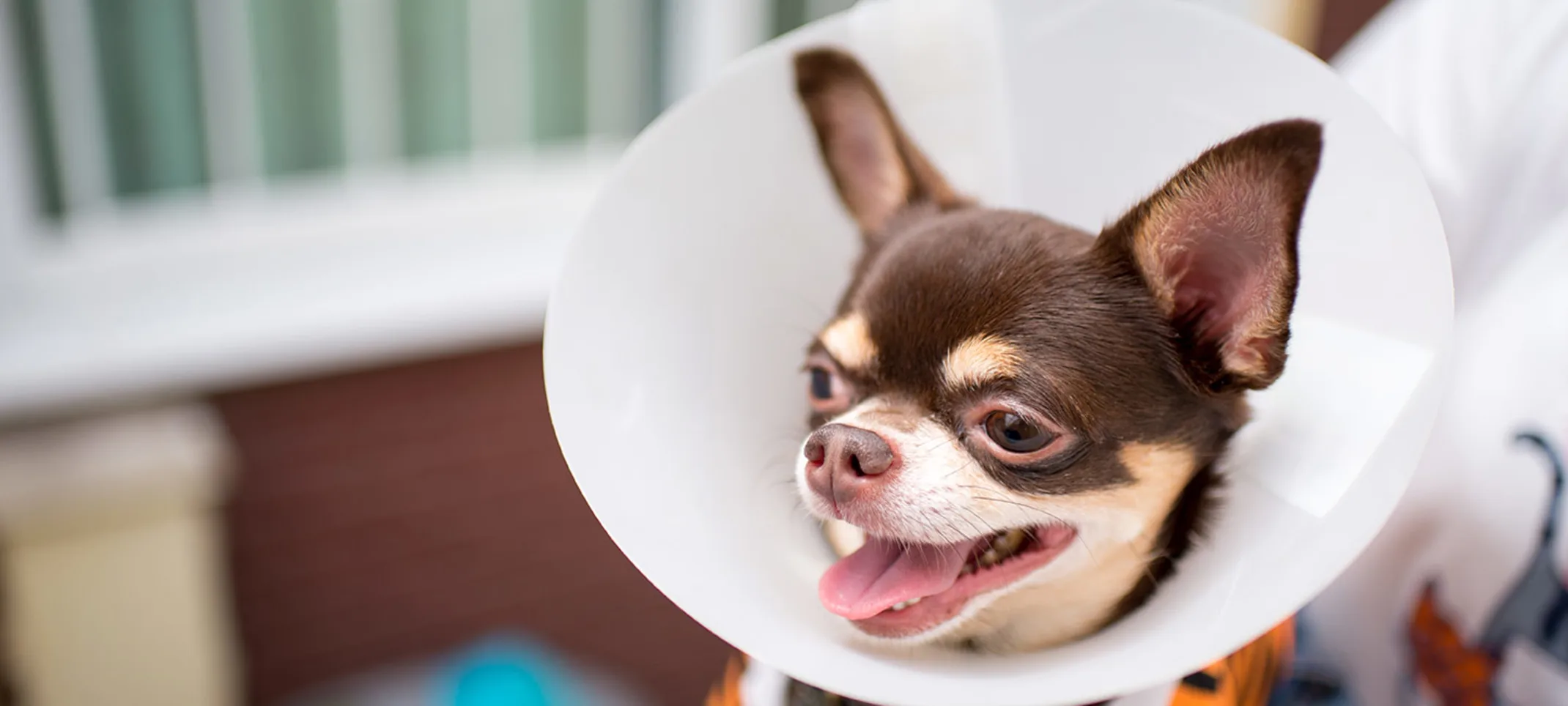Mission Veterinary Emergency & Specialty
Soft Tissue Surgery
We perform soft tissue surgery for a number of medical reasons. This common surgery can be used for most anything non-joint or bone related.

Overview
Soft tissue surgery is any surgery non-joint or bone related, and can include ear, nose and throat, cardio-thoracic, hepatic, gastrointestinal, urogenital, skin reconstructive and oncological surgeries. If soft tissue surgery is recommended for your pet, we will do everything possible to keep them safe and comfortable before, during, and after the surgery.
Why would my pet need soft tissue surgery?
Veterinary soft tissue surgery is recommended for a variety of reasons. The most common soft tissue surgeries for animals are spay procedures, neuter procedures, hernia repairs, and mass removals. More advanced soft tissue surgeries include cystotomy, abdominal exploratory surgery, and splenectomy.
When would soft tissue surgery be needed?
Soft tissue surgeries are used for a wide array of medical conditions. These include "routine" procedures such as spays and neuters, as well as mass removals, trauma and emergency surgery, wound management and reconstructive procedures.
How do you care for my pet during surgery?
Our veterinarians adhere to the highest level of care standards for all surgical procedures. Our highly skilled doctors place the utmost emphasis on pain management to ensure your pet is safe and comfortable throughout the treatment process. We believe that keeping our patients safe and comfortable before, during and after surgery is of the greatest importance and an essential component of your pet's care.
Abdominal exploratory surgery
The gastrointestinal tract consists of a tube that runs from the mouth to the anus. Its function is to digest food and absorb nutrients into the body. The stomach is a dilated part of the GI tract that produces acid, which helps with initial breakdown of proteins.
Gastric dilatation volvulus (GDV) surgery
Gastric Dilatation-Volvulus (GDV) is a rapidly progressive life-threatening condition of dogs. The condition is commonly associated with large meals and causes the stomach to dilate, because of food and gas, and may get to a point where neither may be expelled. As the stomach begins to dilate and expand, the pressure in the stomach begins to increase.
GI foreign body removal
Gastric foreign body is a term that refers to any material other than food that is eaten and that results in a serious digestive problem in the stomach. Foreign bodies such as toys, string, clothing and plastic can become lodged in the stomach and create an obstruction. Any household object your pet chews on can become a foreign body problem. Dogs & Cats of any age are susceptible to developing foreign body problems but this is most commonly seen in young dogs less than 2 years of age. These youngsters are naturally curious and enjoy chewing. Although some smaller foreign bodies can pass through the gut without getting stuck, the larger pieces can result in serious gastrointestinal complications.
Splenectomy
A splenectomy is the surgical procedure performed to remove the spleen from the body. The most common reason for splenectomy is to treat a ruptured spleen. The spleen is an oblong organ that sits just below the stomach, in the middle of the abdomen. Comparatively, on a size-by-size basis, it is much bigger in dogs and cats than it is in people.
Perineal Urethrostomy
What is a perineal urethrostomy and when are they performed? A perineal urethrostomy is a surgical procedure that widens the opening of the urethra (the tube that carries urine from the bladder to outside of the body) and it is performed on both cats and dogs.
Bladder stone removal
The stones can be removed by cystotomy, or surgically opening the bladder. This surgery is routinely performed by many veterinarians and dogs usually make a rapid post-operative recovery. Dogs with a complete urethral obstruction require immediate life-saving surgery.
C-Section
A caesarean section, or C-section, is major surgery performed to remove puppies from the uterus. This is most commonly performed as an emergency procedure when there is difficulty with natural birth.
Wound repair/Wound VAC Vacuum-assisted closure
Vacuum-assisted closure of a wound is a type of therapy to help wounds heal. It's also known as wound VAC. During the treatment, a device decreases air pressure on the wound. This can help the wound heal more quickly.
TECA – Total Ear Canal Ablation
A TECA involves the removal of the diseased and infected ear canal whilst leaving the inner ear (the hearing organ) itself (the inner ear) in place. The middle ear chamber (tympanic bulla) is carefully inspected and any abnormal tissue or material is removed.
